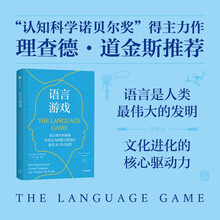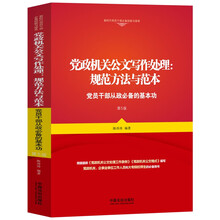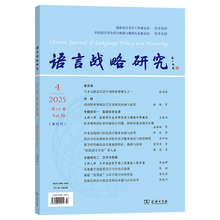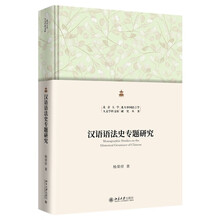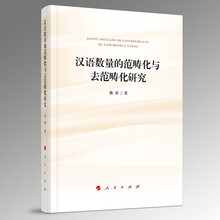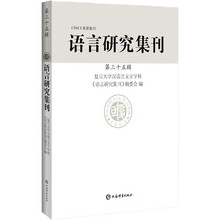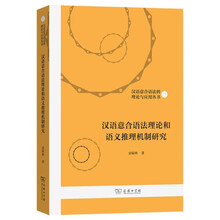Preface(序)
Acknowledgements
List of abbreviations
Chapter 1 The Role of Native Language in Second Language Acquisition
1.1 What is language transfer
1.1.1 Earlier consideration on transfer
1.1.2 Borrowing transfer and substratum transfer
1.1.3 Odlin’S contribution
1.1.4 Transfer as a controversy in second language acquisition
1.2 Second language acquisition development
1.2.1 A historical sketch
1.2.2 The theoretical approaches
1.2.3 Universal Grammar and second language acquisition
1.3 Other approaches to SLA
1.3.1 Functional typographical framework
1.3.2 Information processing approach
1.3.3 Variationist approaches
1.3.4 Current issues in SLA research
1 4 Structure of the book
1.5 Conclusion
Chapter 2 Language Transfer:a Historical Review
2.1 Introduction
2.2 Historical review
2.2.1 Early attempts on language transfer
2.2.2 Contrastive Analysis
2.2.3 Error Analysis
2.2.4 Creative Construction Hypothesis
2.2.5 Interlanguage Phase
2.3 Recent development
2.4 Language transfer revisited:a critical evaluation
2.4.1 Selinker’S study
2.4.2 Language transfer:reconceptualization
2.5 Some personal revelations On language transfer
2.6 Conclusion
Chapter 3 Language Transfer and Universal Grammar
3.1 Introduction
3.2 Why a Universal Grammar
3.2.1 What constitutes knowledge of language
3.2.2 How is knowledge of language acquired
3.2.3 How is knowledge of language put to use
3.3 What does Universal Grammar consist of
3.3.1 Principles and Parameters
3.3.2 Minimalist Program
3.4 UG and L1 acquisition
3.4.1 The logical problem
3.4.2 Principles in LI acquisition
3.4.3 Parameters in LI acquisition
3.4.4 Functional categories in L1 acquisition
3.5 UG and second language acquisition
3.5.1 The differences between L1 acquisition and L2 acquisition
3.5.2 Different possibilities of UG' s role in L2 acquisition
3.5.3 Functional categories in [2 acquisition
3.6 Conclusion
Chapter 4 The New Research Trends
4.1 Introduction
4.2 The L2 initial state
4.2.1 Full Transfer/Partial Access
4.2.2 No Transfer/Full Access
4.2.3 Full Transfer/Full Access
4.2.4 Partial Transfer/Full Access
4.2.5 Partial Transfer/Partial Access
4.3 Evidence for the initial state : what counts as data
4.4 Interlanguages and stages of [2 development
4.4.1 Development : transfer versus no transfer
4.4.2 Development : full versus partial access
4.5 The L2 final state
4.5.1 Ultimate L2 attainments
4.5.2 Critical periods
4.5.3 Near native speaker competence
4.5.4 Non convergent final outcomes
4.6 Findings about functional categories in SLA
4.7 Conclusion
Chapter 5 Critical Evaluation of the Linguistic Approach to Second Language Acquisition Researches
5.1 Introduction
5.2 Critical evaluation of SLA studies within the,framework of UG
5.2.1 Strengths
5.2.2 Weaknesses
5.3 Relevant issues
5. 3.1 UG as the theoretical base for SLA studies
5.3.2 Children adults differences
5.3.3 Phonology
5.3.4 Changing views and questions
5.3.5 Universal Grammar and language typology
5.4 Methodological meditation
5.4.1 Theoretical assumptions
5.4.2 Methodological survey
5.4.3 Grammaticality Judgment tests
5.4.4 Acceptability Judgements tests
5.4.5 Criteria to be met
5.4.6 Some overgeneralizations in SLA researches
5.5 Comments from non-UG proponents
5.6 Evidence needed to explain the logical problem
5.7 Conclusion
Chapter 6 Language Transfer and Other Explanations
6.1 Introduction
6.2 Language transfer and SLA in retrospect
6.3 Nativism : how far is it away from the UG
6.4 Cognitive nativism: not an oxymoron
6.4.1 Cognitive modularity
6.4.2 Linguistic nativism
6.4.3 Developmental nativism
6.4.4 General nativism
6.4.5 Connectionist nativism
6.5 Second language acquisition and beyond
6.6 An integrated model of SLA
6.6.1 An integrated model
6.6.2 Preliminary studies
6.7 Conclusion
Chapter 7 Further Evidence
7.1 The tense and aspect system in English
7.1.1 Tense
7.1.2 Aspect
7.2 The simple past and the present perfect in English
7.2.1 The simple past tense
7.2.2 The present perfect
7.3 Simple past versus present perfect
7.3.1 Forms
7.3.2 Function
7.3.3 Use of temporal expressions
7.3.4 Summary
7.4 Temporality in Chinese
7.5 Study I
7.5.1 Researeh questions and design
7.5.2 Results and analysis
7.6 Study II
7.6.1 Research questions and design
7.6.2 Results and analysis
7.7 Findings and discussion
7.8 Summary
Chapter 8 Conclusion
8.1 Introduction
8.2 Recapitulation
8.3 Critical evaluation of the study
8.4 Implications
8.5 Conclusion
Bibliography
Appendix
展开



